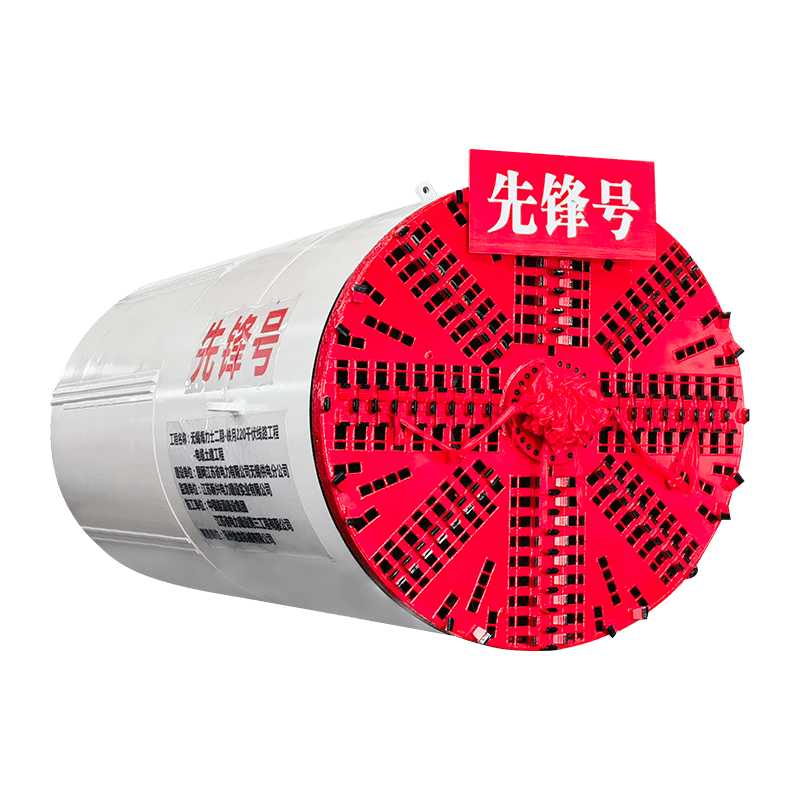Key Technological Innovations Enhancing Micro-Tunneling Machines
Enhanced Automation and Control Systems
One of the primary drivers of innovation in micro-tunneling machines is the integration of automated systems. New developments in artificial intelligence and machine learning have allowed MTMs to operate with greater autonomy. These automated systems improve the precision and speed of the tunnel boring process, allowing for faster project completion with fewer human operators required.
Improved Material Handling and Disposal Systems
Advances in the handling and disposal of excavated material have further streamlined the micro-tunneling process. Modern MTMs feature efficient spoil removal systems that automatically transport soil and debris to disposal points. This reduces the risk of clogging and increases the machine's operational efficiency.
Advanced Guidance and Monitoring Systems
Precision is critical in micro-tunneling, especially when tunneling beneath urban environments with extensive existing infrastructure. Modern MTMs are equipped with state-of-the-art guidance and monitoring systems, such as laser-based surveying and real-time feedback mechanisms. These systems provide constant data about the tunnel’s trajectory and alignment, enabling engineers to make adjustments instantaneously if needed.
Sustainability Focus
As environmental awareness continues to grow, MTMs are being designed with a stronger focus on sustainability. Newer models are being optimized to reduce energy consumption and carbon emissions during operation. Additionally, more efficient spoil recycling systems are being incorporated, allowing the excavated material to be reused or repurposed rather than disposed of in landfills.
Future Trends in Micro-Tunneling
Integration with Smart Cities
As smart cities become more common, micro-tunneling machines are expected to play a key role in creating and maintaining the underground infrastructure necessary for these environments. The ability to quickly and efficiently lay down essential utilities such as broadband, energy, and water networks will be crucial to the success of smart city initiatives. Micro-tunneling allows these systems to be implemented without disrupting surface activities, an essential feature in these high-tech urban environments.

Adaptation for Larger Projects
While micro-tunneling machines have traditionally been used for smaller projects with smaller tunnel diameters, there is an increasing trend toward adapting these machines for larger-scale projects. Future MTMs may be capable of handling larger tunnel diameters, which would allow them to be used in more complex infrastructure projects such as multi-lane traffic tunnels and larger metro systems.
Global Expansion in Developing Regions
While MTMs are already widely used in developed countries, their use is set to expand into developing regions. As the need for underground infrastructure in emerging economies increases, micro-tunneling presents a viable solution that is both cost-effective and less disruptive. This growth in global adoption will likely stimulate further innovation and refinement of the technology.
Increased Safety Features
Future micro-tunneling machines will likely incorporate even more advanced safety features. Automated emergency stop systems, enhanced air quality control, and remote monitoring capabilities will further reduce the risks for operators and ensure the machines can safely operate in more challenging environments, such as areas with high levels of underground water or in seismic zones.













 English
English  русский
русский  عربى
عربى 









